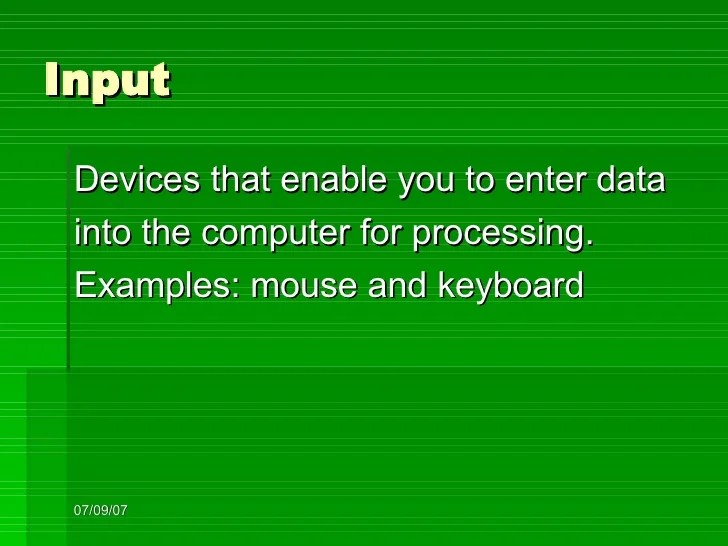
The Simple Present Tense Definition. But if you’re not aware of these main functions, you might be tempted to use the simple present tense when other tenses are needed instead. Simple present tense is defined as the use of a verb to indicate an action in the present that has not been completed.

The sentences i live in madrid, she doesn't like cheese , and i think you're wrong are all in the present simple. To verbs end in y after a consonant (any letter that isn’t a vowel), change the y to i and. The simple present tense is one of the easiest verb tenses to master, because it has only two main uses.
The Simple Present Is A Verb Tense With Two Main Uses.
Travel >travels, give > gives, play >plays; A simple present tense is a verb form of a sentence that tells about the action, circumstance which happens regularly, or occurrences. The simple present, present simple or present indefinite is one of the verb forms associated with the present tense in modern english.
The Sentences I Live In Madrid, She Doesn't Like Cheese , And I Think You're Wrong Are All In The Present Simple.
It is used to tell what happens sometimes, all the time, or which is true. The simple present tense can be used for activities that are not currently happening, and it can be used for future events. It is commonly referred to as a tense, although it also encodes certain information about aspect in addition to present time.
Less Commonly, The Simple Present Can Be Used To Talk About Scheduled Actions In The Near Future And, In Some Cases, Actions Happening Now.
Despite its name, it is not always about activities in the present. It is used to describe habits, daily routine, nature, universal truths or facts, fixed arrangements, instructions, or directions. 3 rows according to the cambridge dictionary, the simple present tense form of the verb in a sentence.
(Subject + 1St Form Of Verb + (S, Es Or Ies) + Object) Example I Study Turkish .
Its primary use is for talking about something in the present. To verbs end in y after a consonant (any letter that isn’t a vowel), change the y to i and. Depending on the person, the simple present tense is formed by using the root form or by adding ‑s or ‑es to the end.
Forming The Simple Present Tense Positive Statements | Present Simple.
In the present simple 3rd person singular (he, she, it), add s, es, or ies to the base form of the verb. The simple present tense (all called the present tense) is used to express action that is happening in the present, now, relative to the speaker or writer. 'i love you' is an example of the present simple.











